Pest Library
Empire Pest Control

Ants
Ants are social insects that live in large colonies and can be very difficult to control once they infest a home. Although there are about a thousand ant species in the U.S., only a few are common household pests that thrive near human activity.

Bed Bugs
Bed bugs are parasitic insects that feed on human blood, typically emerging at night to bite while people sleep. They are small, wingless, and crawl onto belongings or clothing to spread, with nymphs appearing yellowish until their first meal.
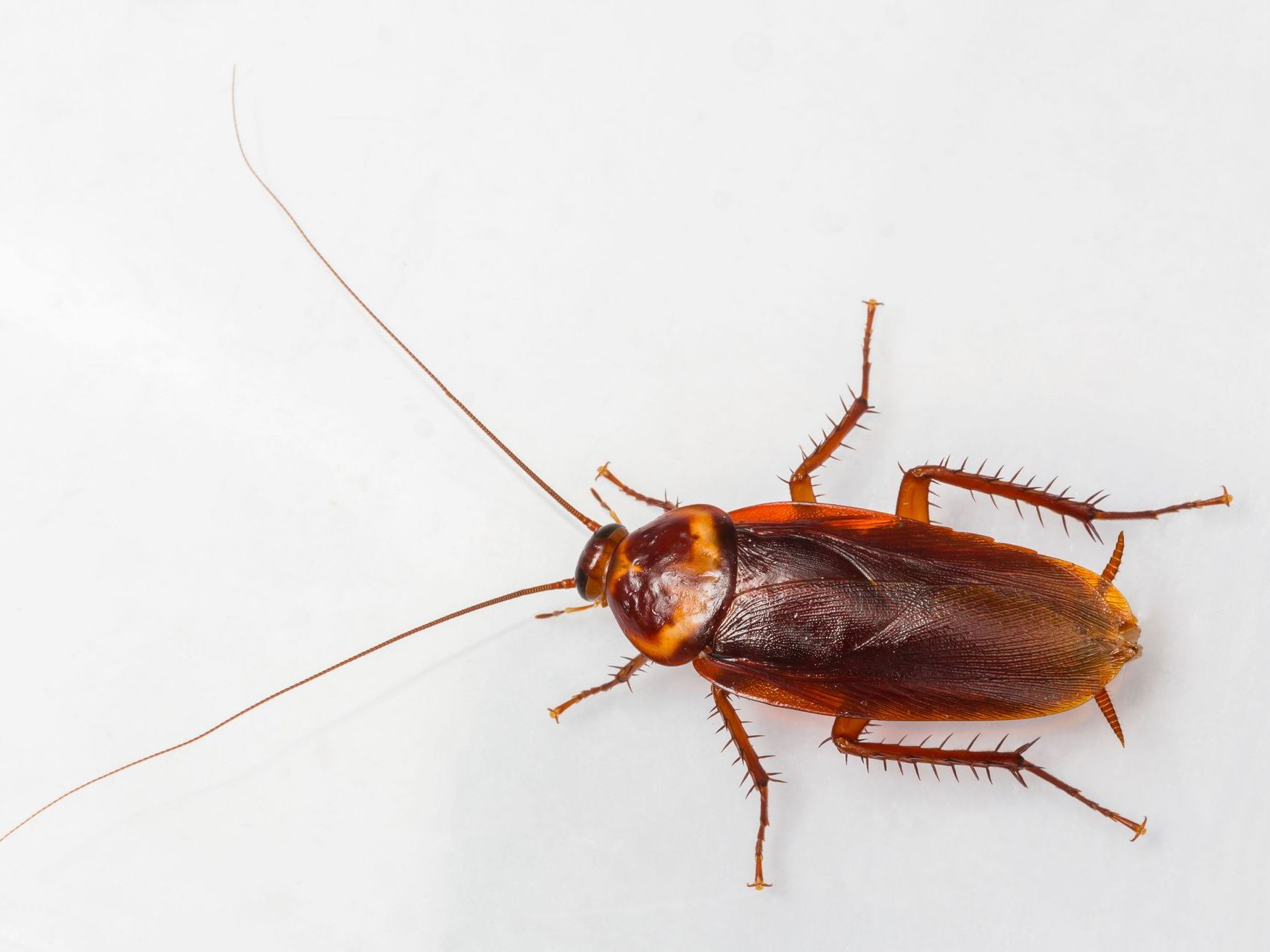
Cockroaches
Cockroaches are resilient, adaptable insects that thrive near humans by accessing food, water, and shelter. They typically have flat, oval bodies with long antennae and may have wings, though they are more often seen running than flying.
Fleas & Ticks
Fleas and ticks are blood-feeding parasites that rely on hosts like humans and animals to survive and reproduce. Fleas jump onto hosts using strong back legs, while ticks wait for a host to brush past so they can climb on.

House Centipedes & Millipedes
House centipedes and millipedes are arthropods that often enter homes in search of moisture and shelter. While house centipedes are fast-moving predators with long legs that hunt insects, millipedes move slowly and feed on decaying organic matter.
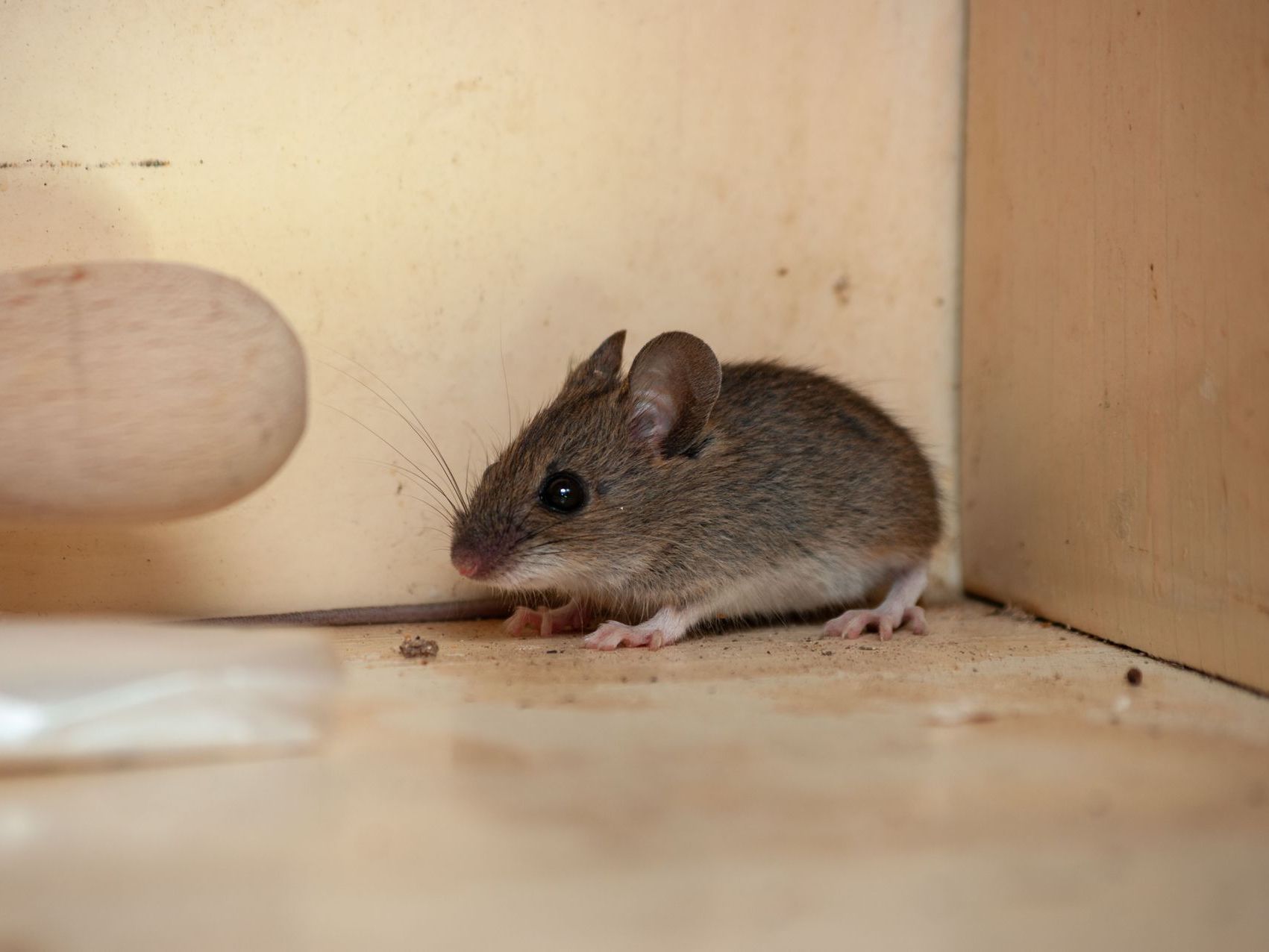
Rodents
Rodents are destructive pests that invade homes and businesses, drawn by easy access to food and shelter. Their constantly growing front teeth drive them to gnaw on various materials, causing significant structural damage.
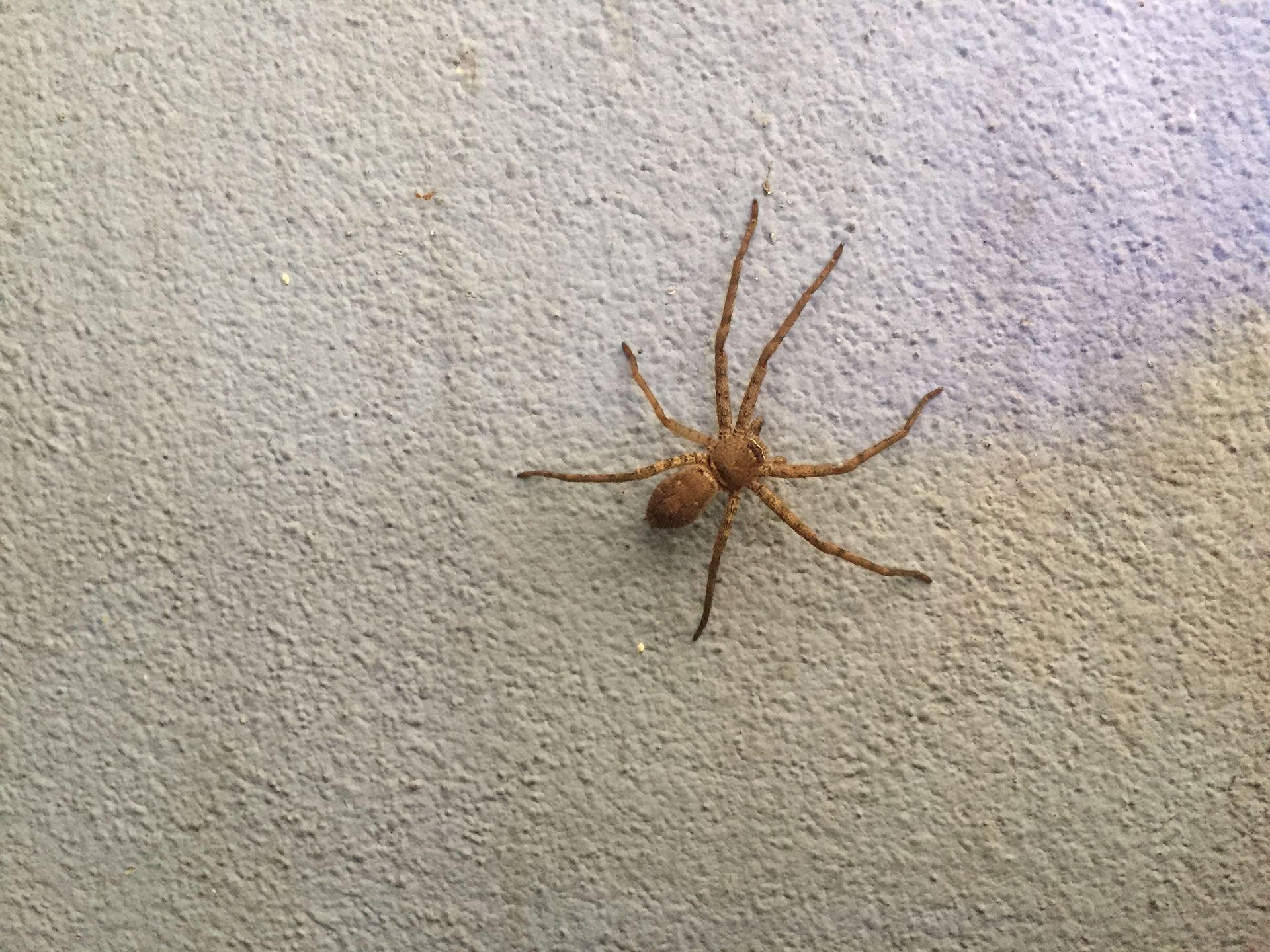
Spiders
Spiders are beneficial predators that help control pests like flies and mosquitoes, but they become unwelcome when they enter homes. As arachnids with eight legs and two body segments, their varied appearance makes species identification difficult without professional help.
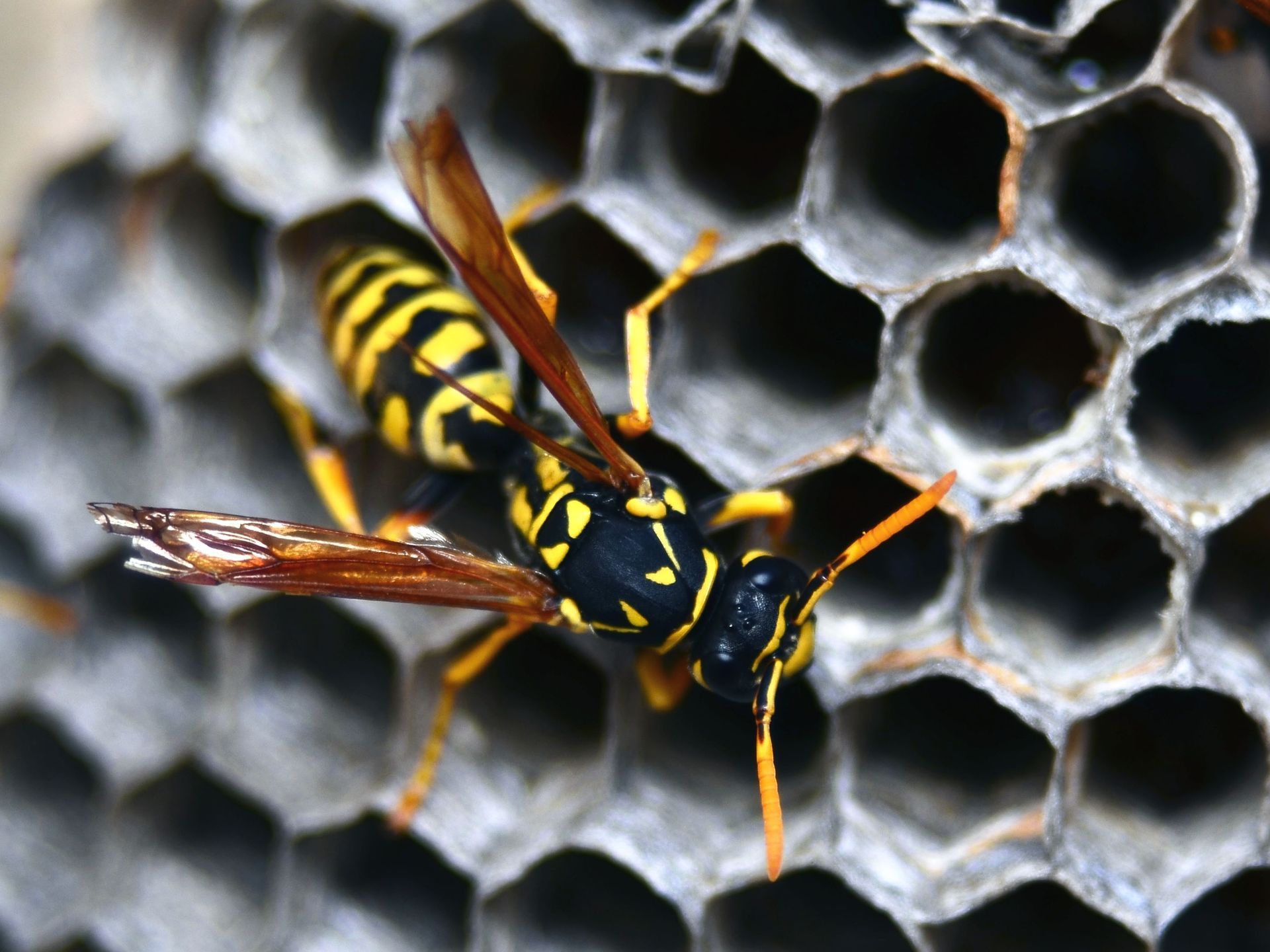
Stinging Insects
Stinging insects like wasps, hornets, and mud daubers use their stingers to inject venom for hunting or defense, while also helping control pest populations. Bees, though also capable of stinging, are especially valued for their vital role in pollinating flowers and crops.
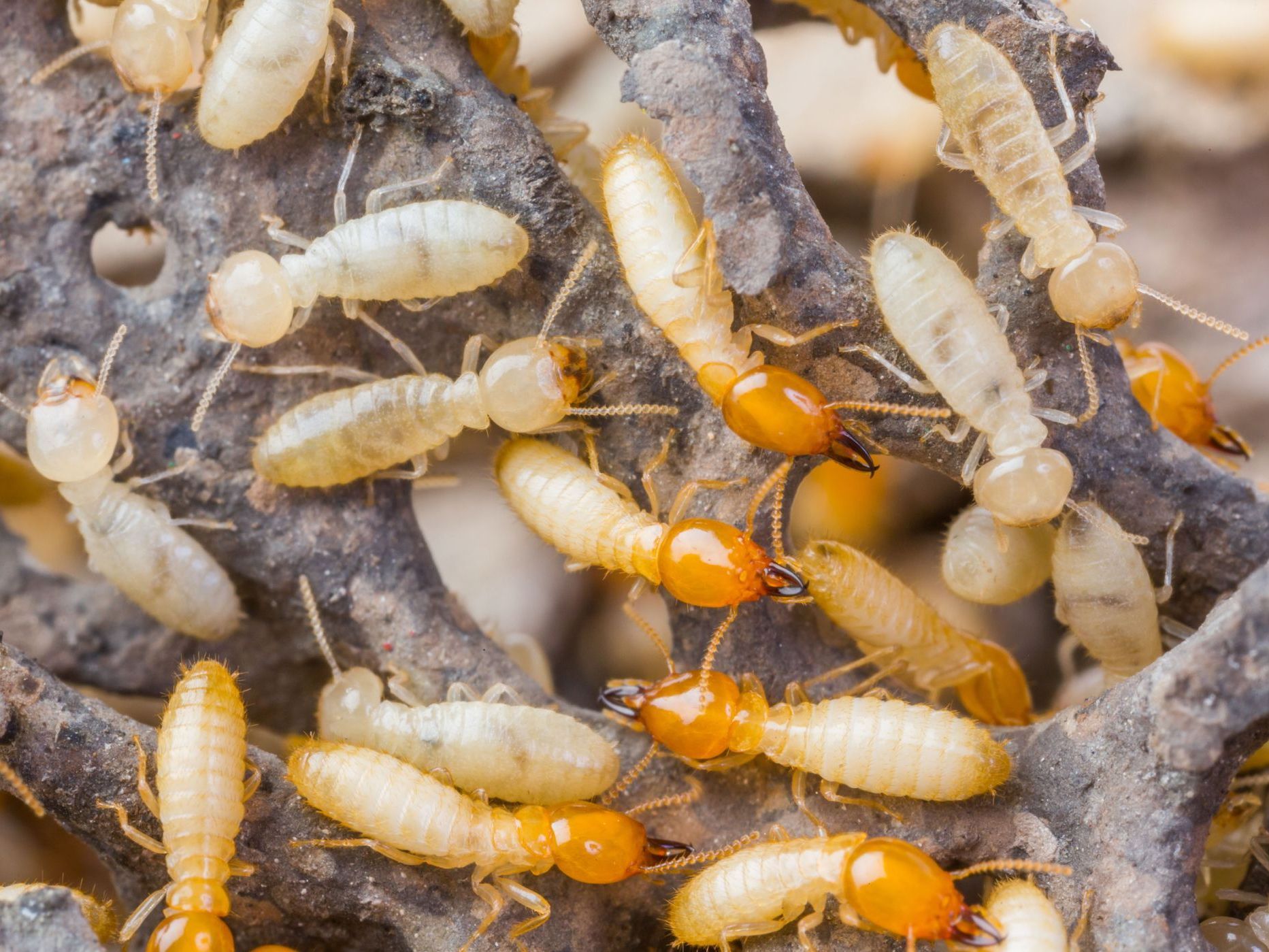
Termites
Termites are social, wood-eating insects that cause billions in property damage annually by feeding on structural wood. While beneficial in nature for breaking down decaying plant matter, their underground colonies—made up of workers, soldiers, and reproductives—can silently destroy homes over time.




Share On: